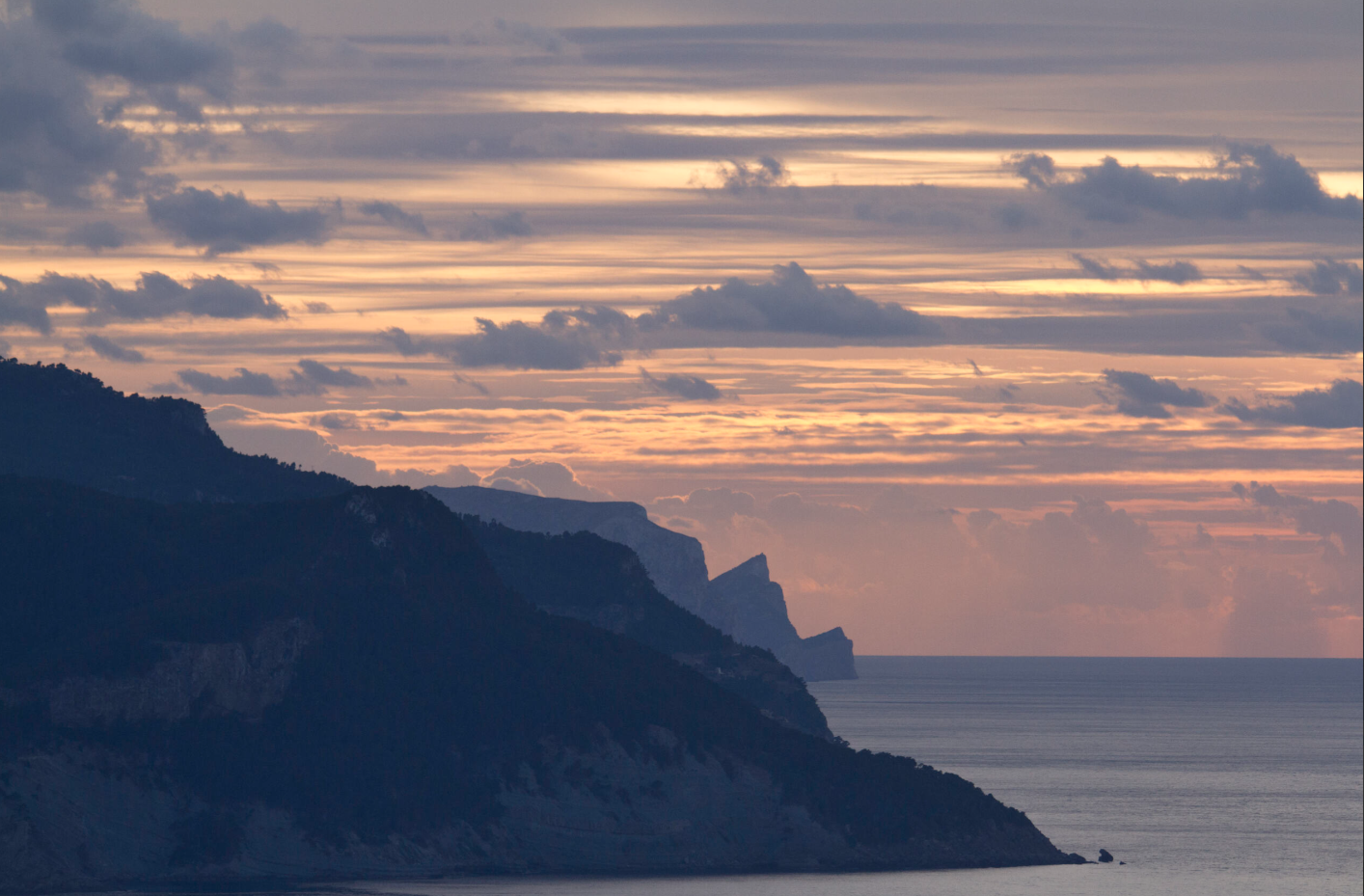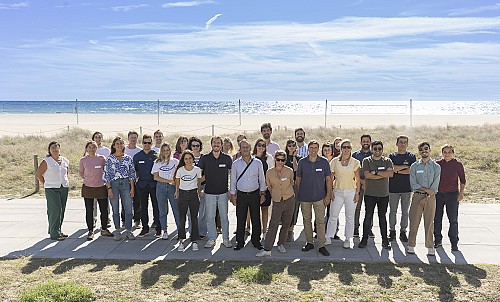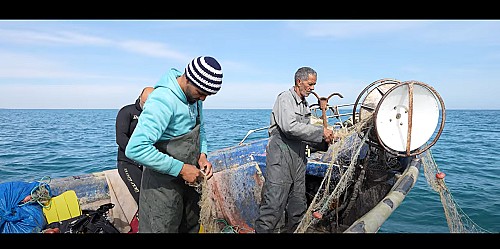- A new report by Marilles Foundation shows that only 0.07% of the Balearic Sea has strict protection, far from the 10% set by the EU.
- Inland waters, which are managed by the autonomous region, have 1.7% strict protection. This is one of the highest percentages in Spain, but still insufficient.
The Balearic Sea covers an area of 72,552 km2 (according to the area described by Dr Enric Ballesteros of the Spanish National Research Council). Of these, only 52.96 km2 are highly protected, an area that represents 0.07%.
The European Union's Biodiversity Strategy 2030 sets the objective of protecting a minimum of 30 % of European seas by 2030 (30x30) and that at least 10 % of the entire marine area should be under strict protection (10x30). According to the director of Marilles Foundation, Aniol Esteban: ‘the Spanish government has publicly expressed its commitment to achieving the 30x30 and 10x30 objectives for marine protection in Spanish waters. The government of the Balearic Islands has the opportunity to lead in marine conservation, but despite the petition from more than 200 companies and organisations asking the Balearic government for progress and a commitment to the high level of protection of the Balearic Sea, it has yet to make a statement on the matter. We think that it should also make this commitment its own, because the Balearic Sea deserves it.’
Esteban adds: ‘Marine protected areas (MPAs) bring multiple benefits to our society. They give us fish, opportunities for enjoyment, and many economic benefits. The high protection of the sea is the best insurance we can buy to face the uncertainty of warming waters caused by climate change and to guarantee the future of fishing, tourism, and people's wellbeing. Although the Balearic government does not have a legal obligation, it is in its interests to advance in high marine protection. The data shows that it is a worthwhile investment. More than 200 companies and entities have asked the government to do so. But we are still waiting for them to make their commitment public.’
In the report, prepared by Marilles, the current picture of the percentages of protection achieved in the Balearic Sea is counted and visualised.
Management competences
The Balearic Sea is made up of internal and external waters, and its management competences are shared between the central and regional governments. The total area of inland waters – under regional jurisdiction – is approximately 2,663 km2. The area occupied by external waters, which is much larger, is 69,899 km2.
In general, the management of MPAs can be regional or national, depending on whether they are located in internal or external waters, respectively. However, MPAs in external waters can also be managed at the regional level as long as their ecological continuity is recognised by the competent ministry.
10x30 objective
The results of this analysis show that, for the 10x30 target, we are far from achieving 10% strict protection by 2030, both in inland waters (1.7%) and in the Balearic Sea as a whole (0.07%).
Almost all strictly protected areas are in inland waters, except the following areas that remain in external waters: the south and southwest of the island of Cabrera, the restricted use area of the marine reserve of fishing interest of Levante, and the restricted use and integral reserve area of the sa Dragonera marine reserve.
30x30 objective
As for the 30x30 target of achieving a minimum of 30% of the sea with some form of protection, this has been achieved in inland waters (55.4%) – although not all areas have approved management plans – but not in the Balearic Sea (13.8%).
What do we mean by marine protected areas?
MPAs are geographical areas of the marine environment that are created to protect specific habitats and species (e.g. Natura 2000 Network_ and/or improve fishing yield and biodiversity (e.g. marine reserves of fishing interest). These two objectives are mutually reinforcing and often converge. The level of protection and regulation varies depending on the legal status and the competent administrations. Currently, there are eight marine protection figures around the Balearic archipelago with different degrees of management, protection, and use:
1) Marine protected area: Mediterranean Cetacean Migration Corridor
2) Maritime-terrestrial national park: Cabrera Archipelago
3) Marine reserves of fishing interest: Bay of Palma - North of Menorca - Freus de Ibiza and Formentera - Migjorn de Mallorca - Levante de Mallorca - Sa Dragonera - Punta de sa Creu - Northeast coast of Ibiza-Tagomago - Illa de l'Aire - Isla del Toro i de les Illes Malgrats - Ses Bledes - Es Vedrà-Vedranell
4) Natural parks: S'Albufera des Grau - Ses Salines de Ibiza y Formentera - Es Trenc-Salobrar de Campos - Península de Llevant
5) Natura 2000 Network: 42 areas of autonomic competence and 11 areas of state competence.
6) Natural site: Serra de Tramuntana
7) Nature reserves: Ses Salines de Ibiza and Formentera - Es Vedrà, Es Vedranell and Illots de Ponent - S'Estany d'Addaia
8) Marine biosphere reserve: Menorca Biosphere Reserve

Marilles in the media
- 26/11/2025 Ultima Hora: "«Las olas de calor en nuestro mar son como incendios bajo el agua»"
- 28/10/2025 Ara Balears: "Milers de barques fermades a morts il·legals perjudiquen el fons marí"
- 13/08/2025 Ràdio Illa: "Marilles, sobre l’ampliació de la Reserva des Freus: “Si volem mantenir el peix local, s’han d’emprar aquestes eines”"





